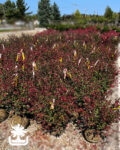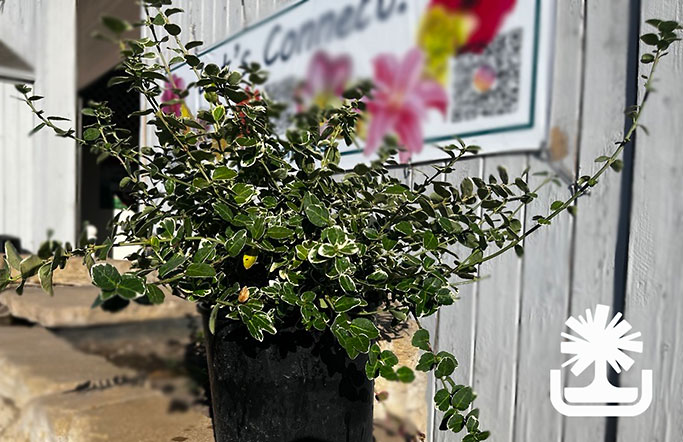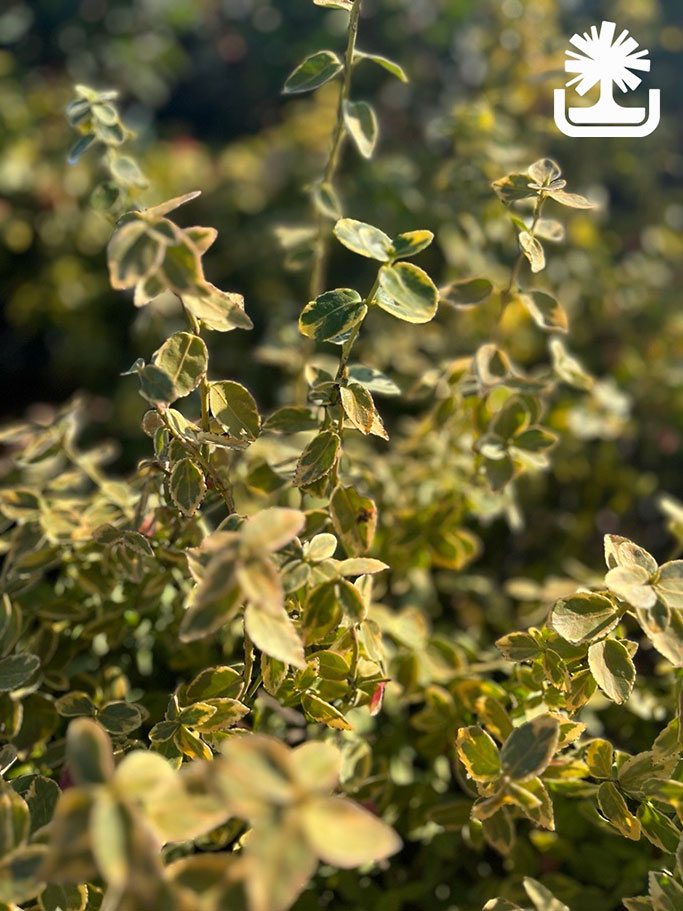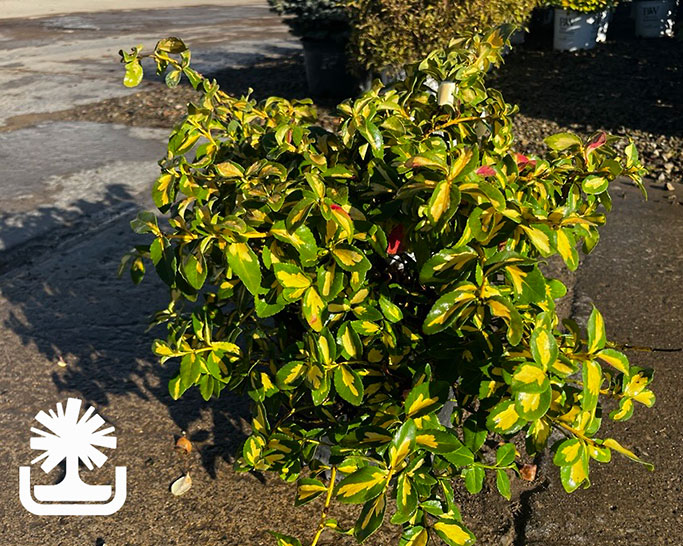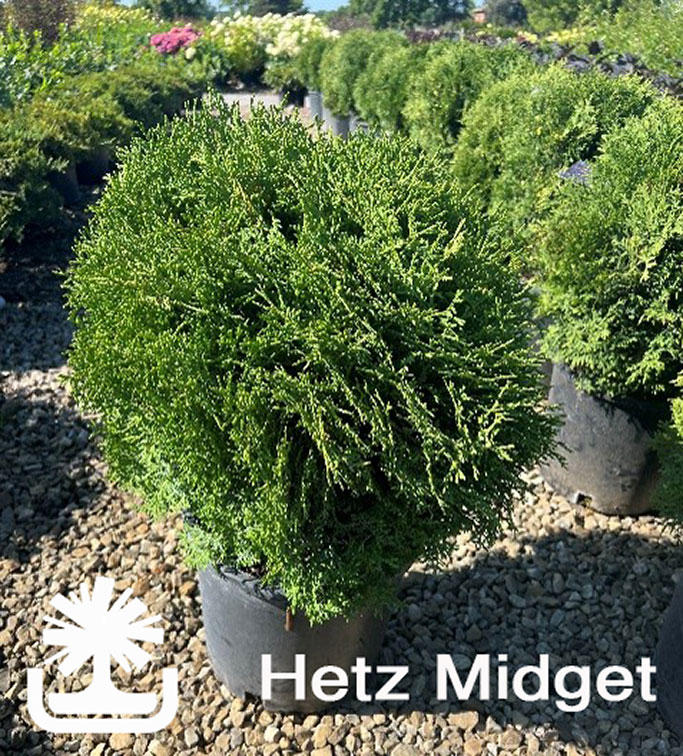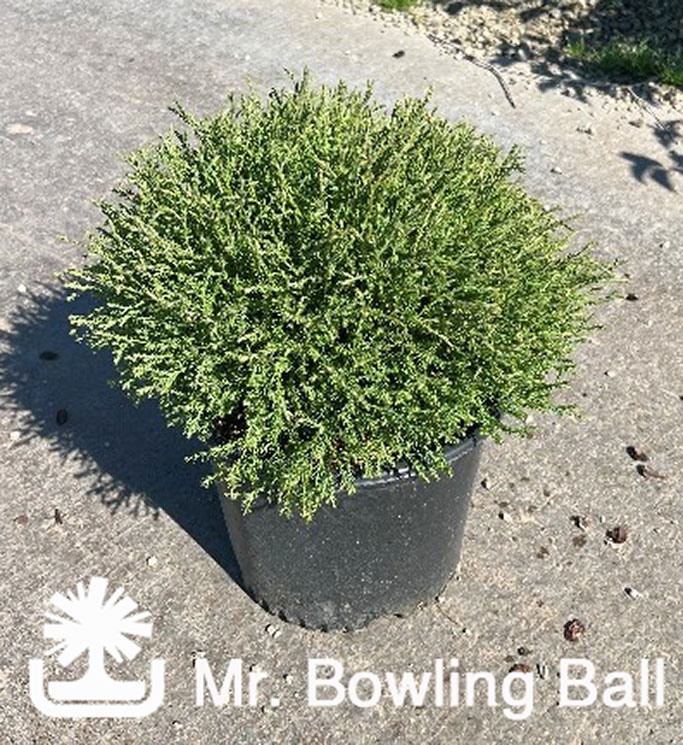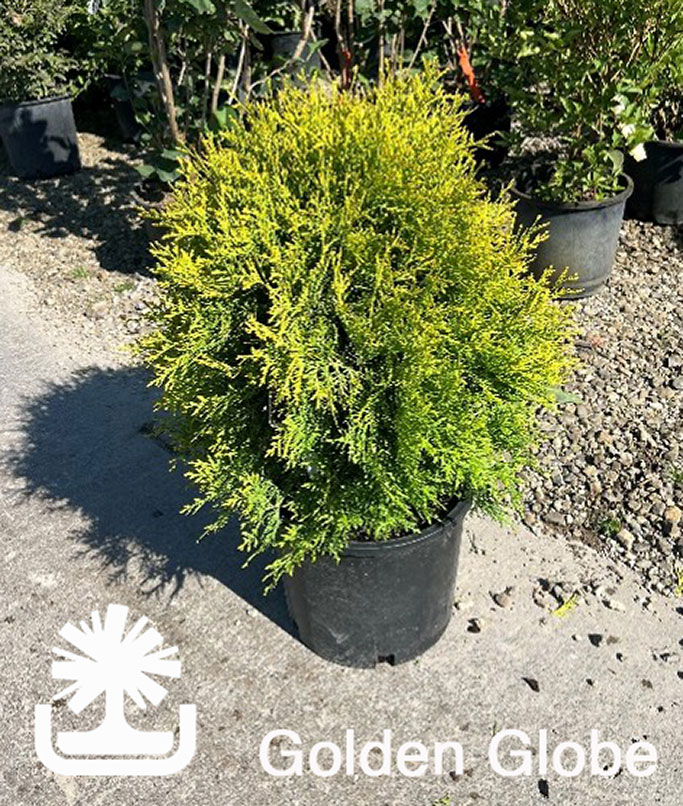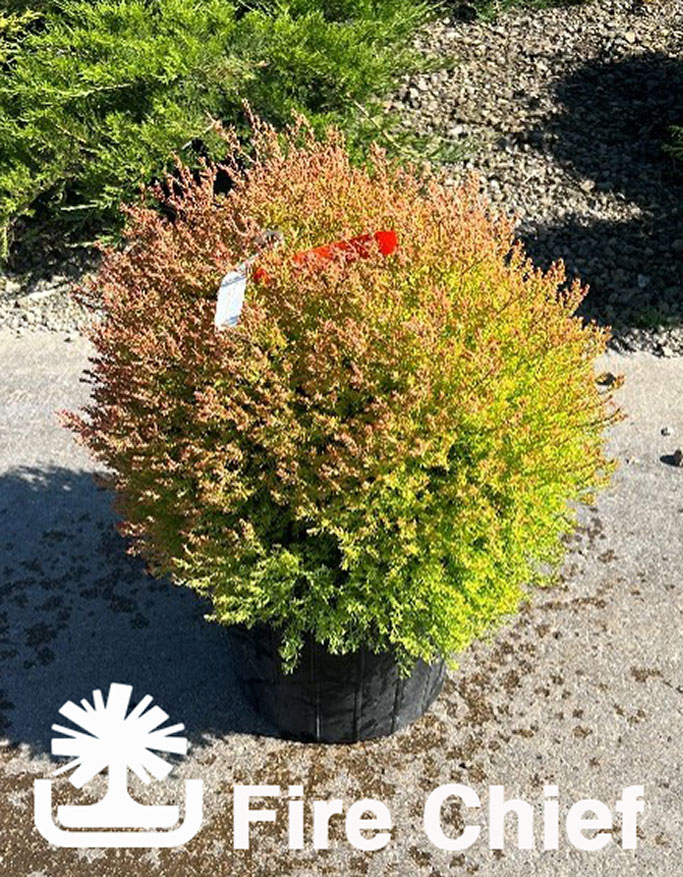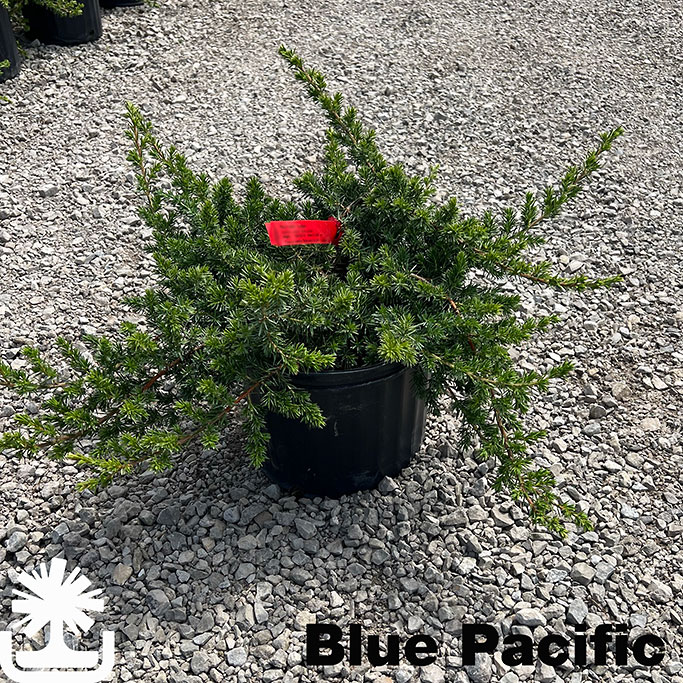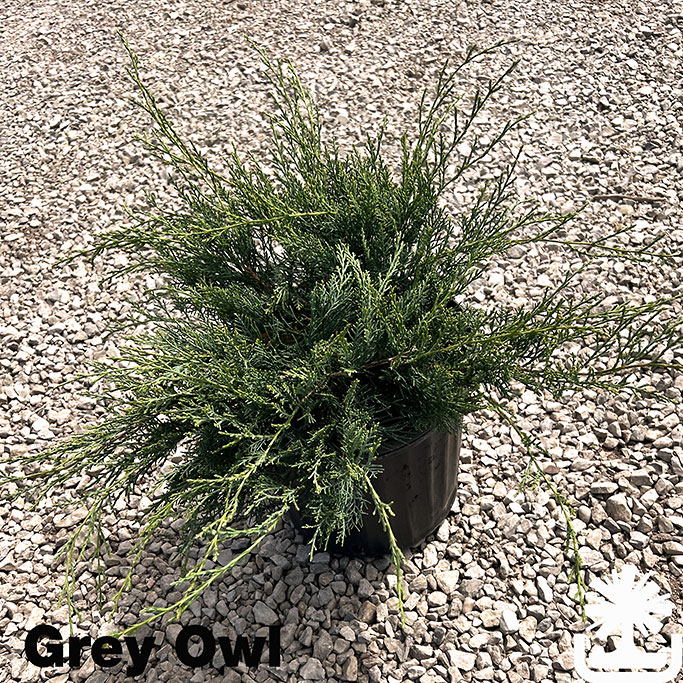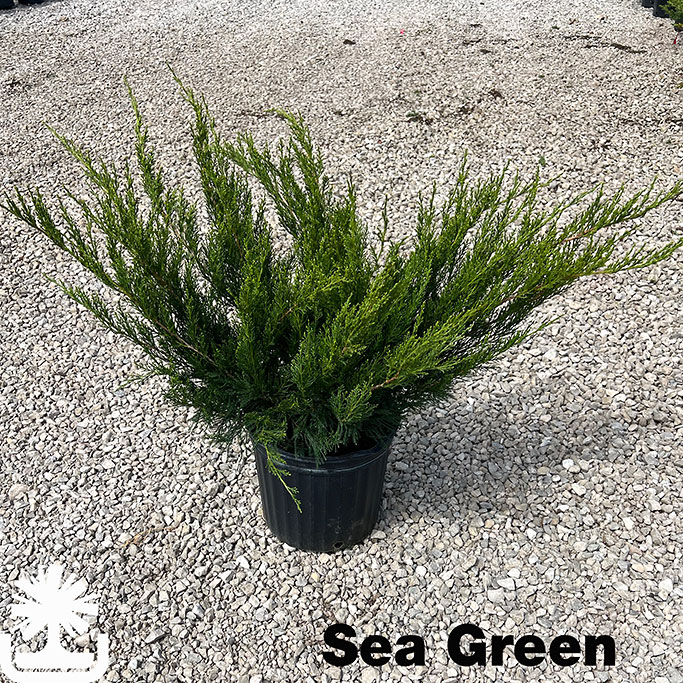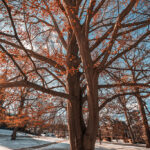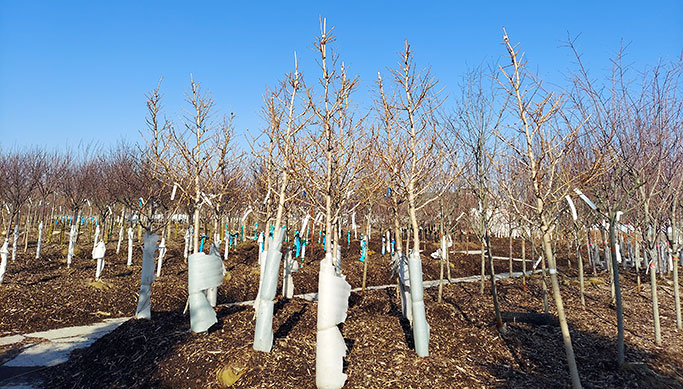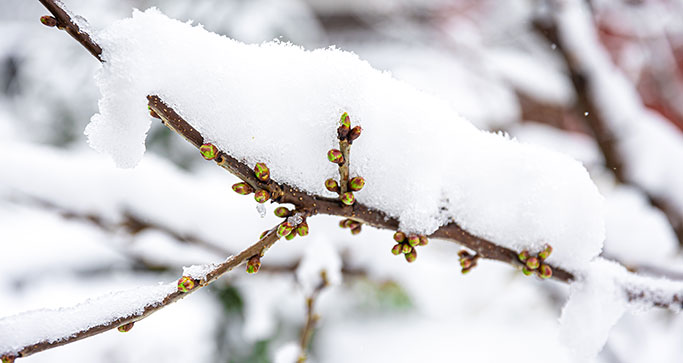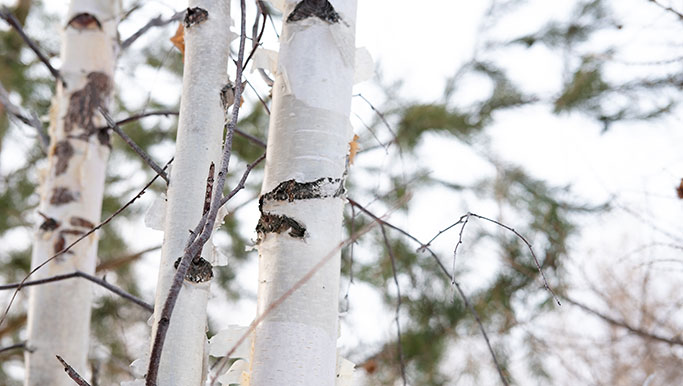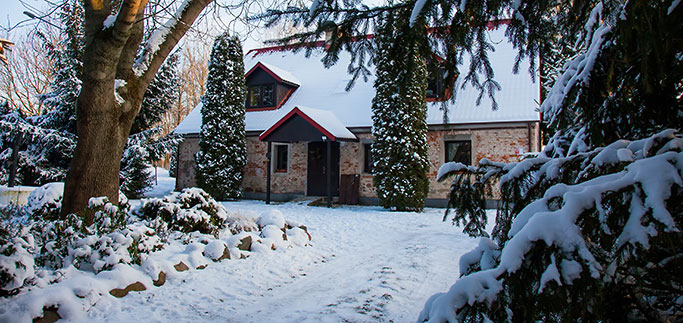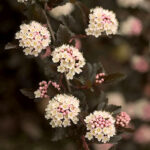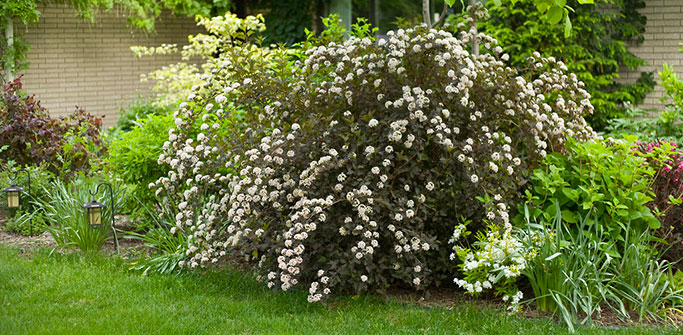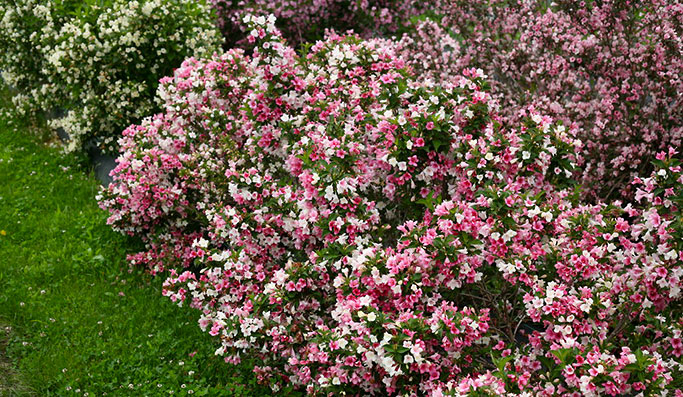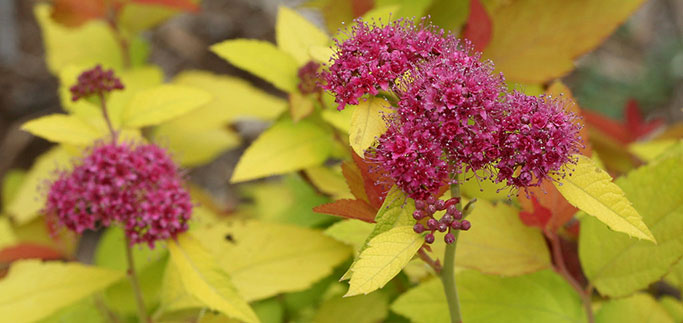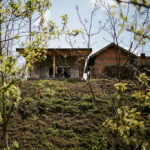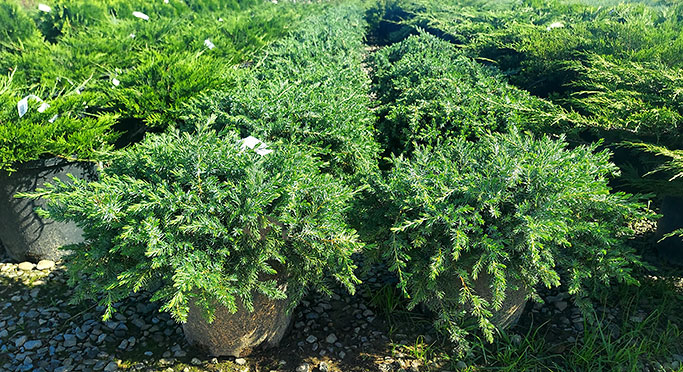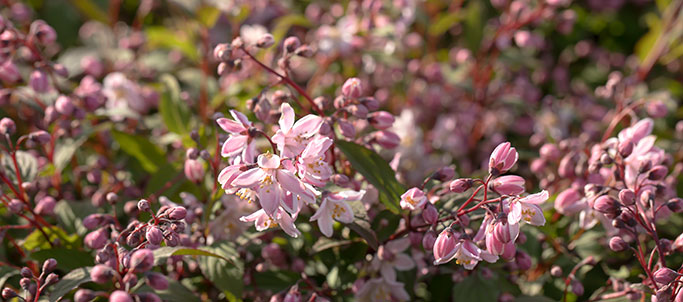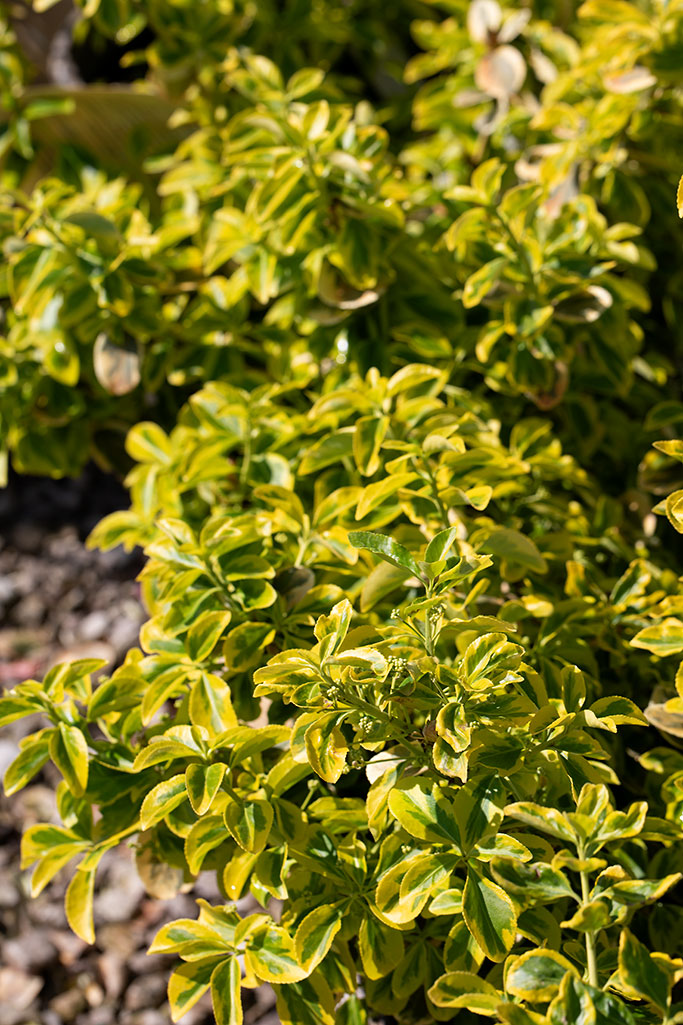Every year, Christensen's plant buyers make an effort to visit our vendor nurseries. We do this to see their material, hear how they are doing, and build relationships. In September and October, we add one more thing to the agenda: tagging trees for the fall and spring dig seasons!
On these trips, we tag trees such as Tricolor Beech, Weeping Alaskan Cedar, Crimson Sentry Maple, and much more. Note the pink and black ribbon in the picture. It indicates that a Christensen's buyer has placed a hold on that tree.
There is a good chance that if you see a specimen tree at Christensen's, we hand-picked it! We also tag larger sizes of the usual stock trees, such as Arborvitae, because they are harder to find.
Once tagged, some will be dug and shipped to us in the fall. But many don't arrive in our yard until spring.
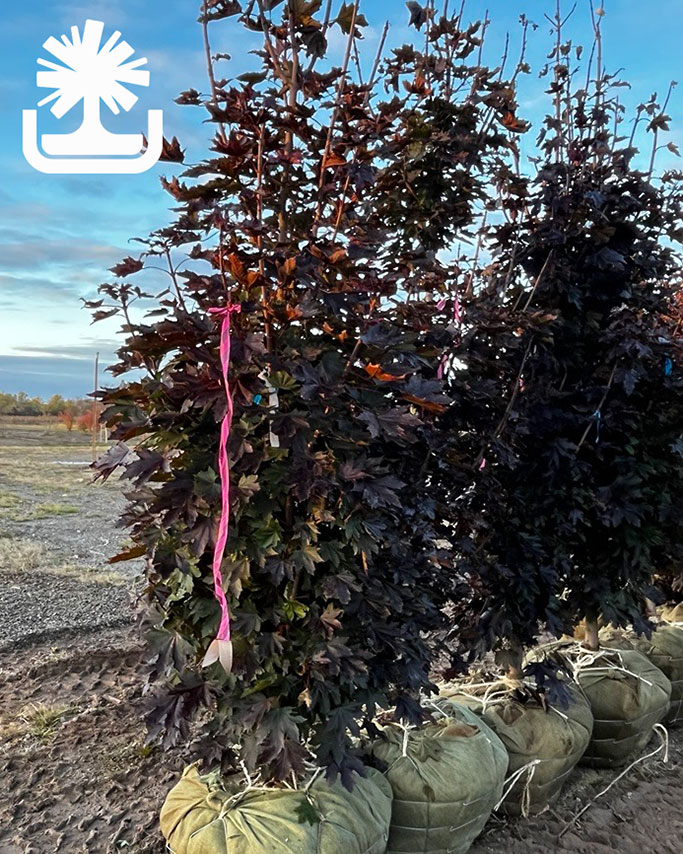
Christensen's goal is to supply our customers with the best material possible. This means trees that are full, have good branching, and that are true to form for the species. The long hours we put into hand picking these trees is well worth it in the end. Because when the trees get to the plant center, we get to see our tags become your tags!

